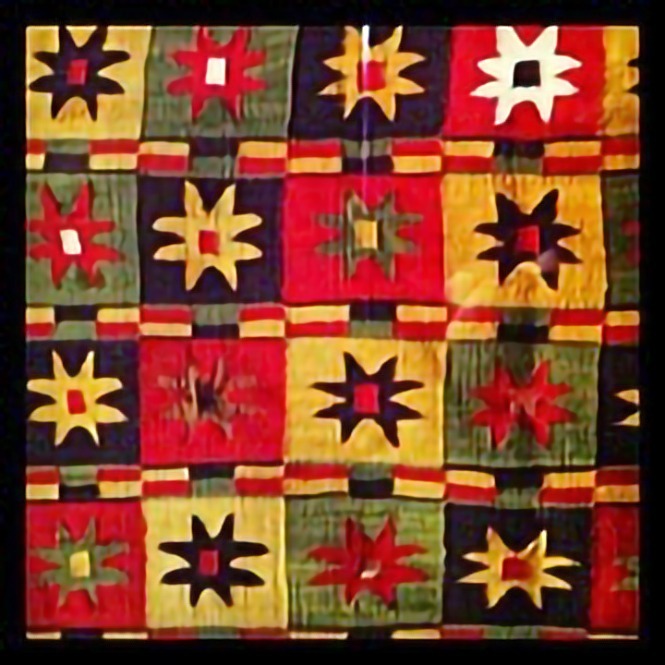
Peruvian, Hmong And Mi’kmaq: Look at These Design Patterns
Exploring Cultural Threads: Peruvian, Hmong, and Mi’kmaq Design Patterns
Dive into the rich artistry of Peruvian, Hmong, and Mi’kmaq cultures as we explore their unique and shared design patterns in textiles, appliqués, and quillwork.





Across continents and centuries, cultures have expressed their identities and histories through intricate art and design. The Peruvian, Hmong, and Mi’kmaq peoples exemplify this through their vibrant textiles, detailed appliqués, and unique quillwork. Despite their geographic separation, these artistic traditions reveal fascinating similarities and highlight the universal language of art.
#Peruvian Textiles: A Legacy of the Andes
Peruvian textiles, such as those showcased at the LACMA exhibit, are known for their vivid colors and geometric patterns. These designs reflect Andean cosmology and the connection between humans and nature. The tradition is rooted in ancient techniques passed down through generations.
Hmong Traditional Art: Storytelling Through Fabric
The Hmong are renowned for their paj ntaub (flower cloth), which combines appliqué and embroidery to create intricate narratives. These textiles often depict cultural legends, rituals, and daily life, symbolizing resilience and identity in Hmong communities.
Mi’kmaq Quillwork: Nature’s Influence on Art
The Mi’kmaq people of North America are celebrated for their quill artistry, using porcupine quills to embellish birchbark with intricate designs. Artists like Cheryl Simon continue this tradition, weaving modern creativity with ancestral techniques.
Shared Symbols Across Cultures
While each culture’s designs are unique, recurring motifs such as spirals, diamonds, and interwoven patterns suggest a shared appreciation for balance, harmony, and storytelling. These parallels invite us to consider how art connects humanity, transcending time and space.
Key Takeaway
This exploration of Peruvian, Hmong, and Mi’kmaq design patterns celebrates the rich diversity of human creativity while honoring the shared threads that bind us together. These patterns not only reflect cultural identities but also inspire a deeper appreciation of the universal power of art.





Responses